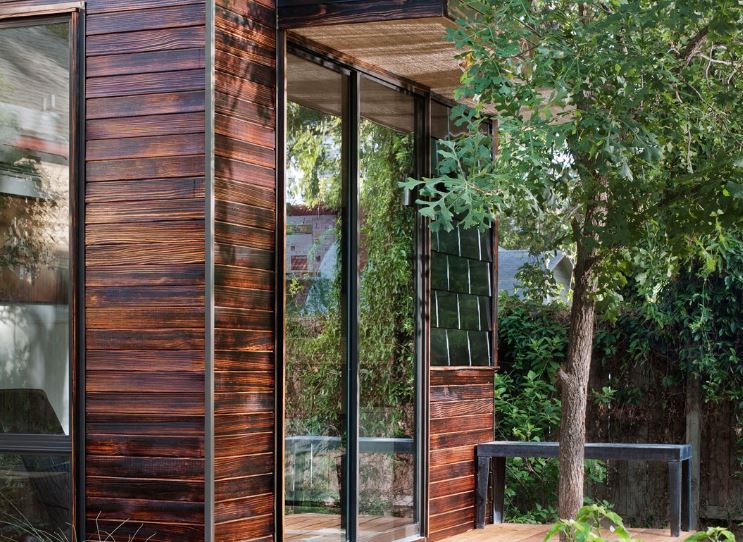
That Wood is on Fire
Shou-sugi-ban, a Japanese wood-charring technique, is emerging as one of builders’ and woodworkers’ favorite trends this year.
From Dwell Magazine, That Wood is on Fire: 5 Examples of Shou-Sugi-Ban.


The Traditional Japanese Art of Charred Cedar

Shou-sugi-ban, a Japanese wood-charring technique, is emerging as one of builders’ and woodworkers’ favorite trends this year.
From Dwell Magazine, That Wood is on Fire: 5 Examples of Shou-Sugi-Ban.

